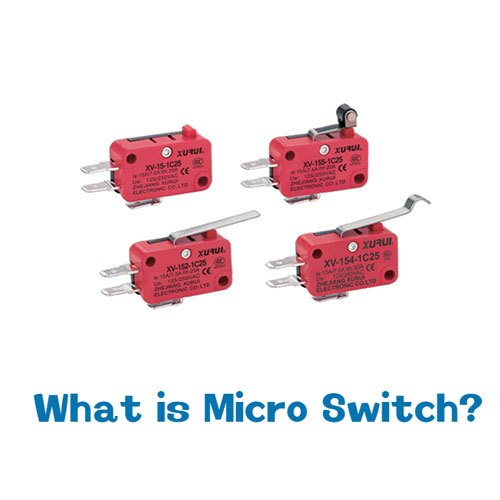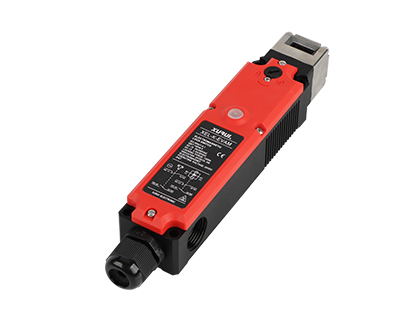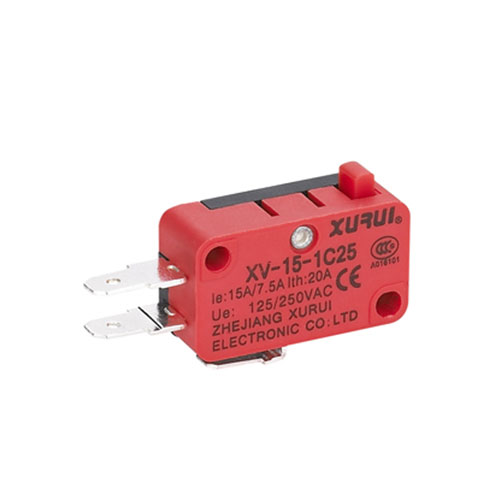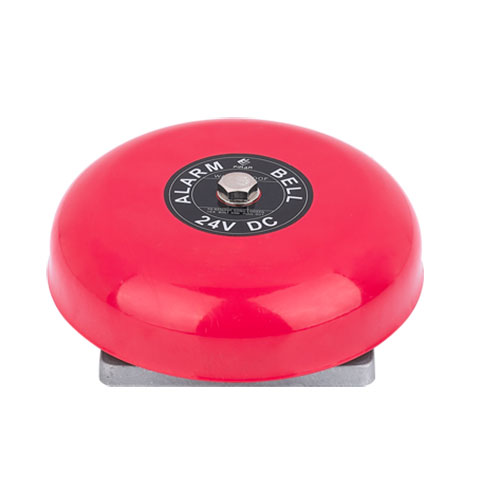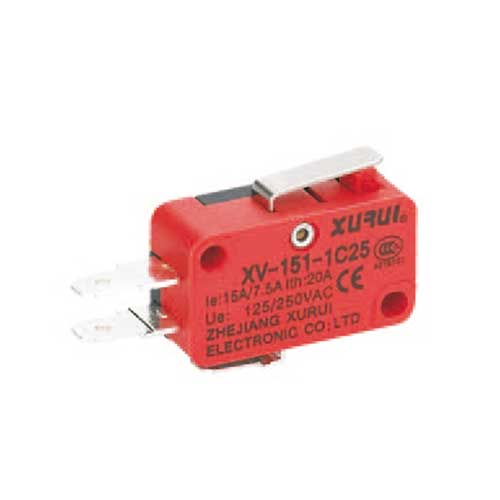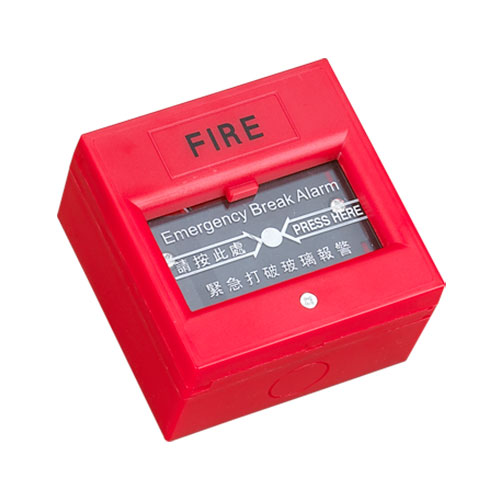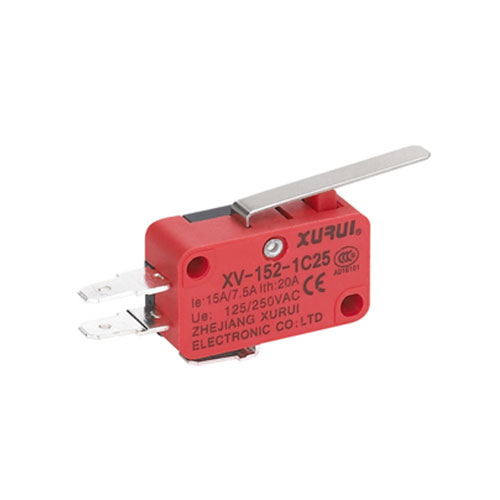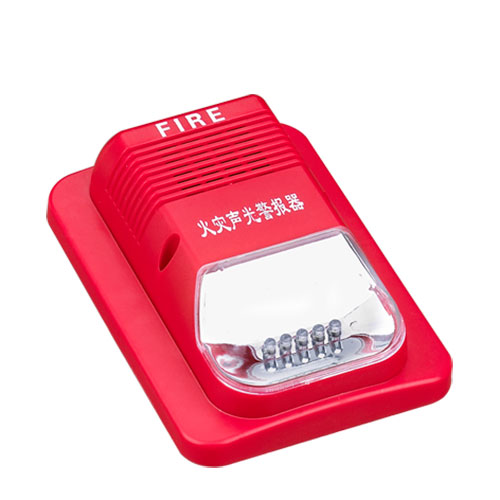In the intricate world of machinery and automation, countless components work silently to ensure smooth, safe, and precise operation. Among these essential elements is the limit switch, a fundamental electromechanical device acting as a sentinel, detecting the presence or absence, passage, or end-of-travel position of an object. It’s a simple yet incredibly reliable switch triggered by physical contact.
Definition
A limit switch is an electromechanical device that detects the presence, absence, or position of an object. It acts as a sensor, converting mechanical motion into an electrical signal. Essentially, it is designed to monitor and control the movement of various mechanical systems, ensuring they operate within predefined limits. Limit switches are versatile and can be found in a wide range of industries, from manufacturing and robotics to automotive and aerospace.
Function
The primary functions of limit switches are:
1. Position Detection: To determine if a machine part has reached a specific point in its travel path (e.g., end-of-stroke on a cylinder, fully open/closed position of a valve or door, home position on an axis).
2. Travel Limiting: To prevent a machine component from moving beyond its intended safe operating range, protecting both the machine and personnel.
3. Presence/Absence Detection: To confirm whether an object is present at a specific location (e.g., part in place for processing, workpiece on a conveyor).
4. Counting: To tally the number of times an object passes a point by actuating the switch.
5. Safety Interlocking: To ensure guards or access doors are securely closed before allowing potentially dangerous machine operation to start.
How Limit Switch Works
The operation of a typical roller lever limit switch is straightforward:
1. Actuation: The moving object (e.g., a machine carriage, door, or a product on a conveyor) comes into contact with the switch's actuator (e.g., the roller lever).
2. Lever Movement: The force of contact pushes the lever, causing it to rotate around its pivot point.
3. Internal Mechanism: The movement of the lever is transferred internally, overcoming a spring mechanism.
4. Contact Snap-Action: Once sufficient force is applied, a high-speed "snap-action" mechanism inside the switch rapidly toggles the state of its electrical contacts. This quick action minimizes arcing and ensures a clean, reliable signal.
5. Circuit Change: The contacts either:
Open (Normally Closed - NC): Break an electrical circuit, stopping current flow (e.g., stopping a motor when the end position is reached).
Close (Normally Open - NO): Complete an electrical circuit, allowing current to flow (e.g., signaling a controller that a position has been attained).
6. Reset: When the moving object moves away, the internal spring returns the actuator lever to its original position, and the electrical contacts snap back to their default state.
Applications
Limit switches are incredibly versatile and found in almost every industry:
1. Industrial Automation: Machine tools (CNC mills, lathes), robotic arms, assembly lines, packaging machinery, material handling systems (conveyors, lifts).
2. HVAC Systems: Detecting damper positions (open/closed), fan status, filter presence.
3. Elevators & Escalators: Floor leveling, door open/close detection, safety interlocks.
4. Construction Equipment: Boom/crane position limits, outrigger detection.
5. Home Appliances: Washing machine lid switches, refrigerator door lights, garage door openers (end-of-travel limits).
6. Transportation: Train door interlocks, aircraft landing gear position.
7. Power Generation: Valve position monitoring in turbines and piping systems.
Types
There are several types of limit switches available, each with its own unique features and applications. The most common types include:
1. Mechanical Limit Switches: These are the traditional type of limit switches that rely on physical contact between the actuator and the object being detected. They are simple, reliable, and widely used in various applications.
2. Proximity Limit Switches: Unlike mechanical limit switches, proximity limit switches do not require physical contact. They use electromagnetic fields, capacitance, or inductance to detect the presence of an object. Proximity limit switches are non-contact, which means they have a longer lifespan and are less prone to wear and tear.
3. Optical Limit Switches: Optical limit switches use light to detect the presence or absence of an object. They consist of a light source and a light detector. When an object blocks the light beam, the switch is triggered. Optical limit switches are fast, accurate, and can be used in applications where high precision is required.
4. Pneumatic Limit Switches: Pneumatic limit switches use compressed air to operate. They are often used in applications where electrical components are not suitable, such as in hazardous environments or where explosion-proof devices are required.
Conclusion
Limit switches are essential components in modern automation and control systems. Their ability to detect position, control motion, and trigger actions makes them invaluable in a wide range of industries. Understanding the different types, functions, and applications of limit switches is crucial for engineers, technicians, and anyone involved in the design, operation, or maintenance of automated systems. As technology continues to evolve, limit switches are likely to become even more sophisticated and versatile, further enhancing their importance in the world of automation.



